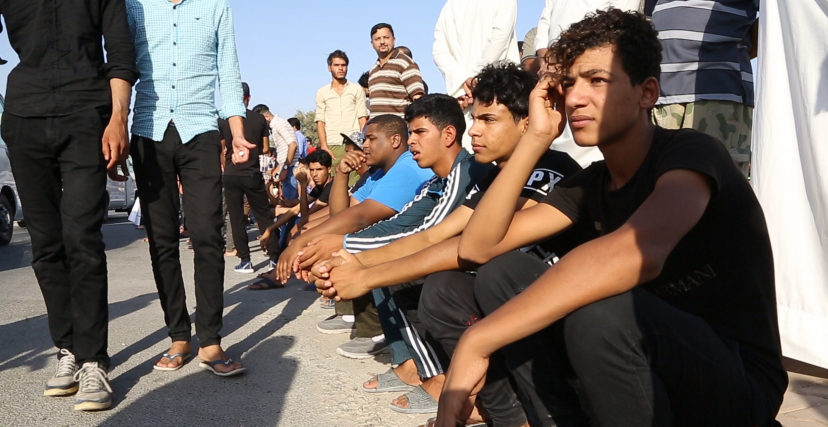Mohamed Abdel Saleh – Al-Nahrin University/Faculty of Business Economics
Introduction:
The process of development and economic growth requires concerted action by economic policies to optimize the use of human resources to eliminate unemployment through the compatibility of the labor force requirements of the national economy, which are available under a specific pattern of economic activities; to achieve the required growth rates in the national economy, which requires multiple elements, Interferes with determining the supply and demand sides of the workforce and according to details determined by the process of economic growth, which in turn reflects the ability of those policies to eradicate unemployment s program of action, that would contribute to reducing unemployment rates and providing employment opportunities for unemployed youth.
– Current reality:
The theme of “unemployment” and its treatment is of fundamental importance for the development and reconstruction of Iraq; Because of the interrelationship between the developmental approach and the overall strategy of economic and social development of human resources development, including the creation of means to provide health, education, and housing services, and other tasks aimed at the development and development of individual aptitudes s economy, particularly in developing countries with low rates of growth in their economic activities.
Regarding Iraq, despite its possession of natural, agricultural, and economic resources corresponding to population growth, there is a shortcoming in the possibility of exploiting these resources in such a way as to optimize the use of the labor force. As a result of the increase in spending on hostilities and armaments during previous periods, a development policy is needed to ensure the employment of manpower to meet development needs commensurate with available resources and capacities; s economic and social development process.
Through an audit of the statistical data available at the Ministry of Planning and Development Cooperation on population developments in Iraq, we note that there has been a rapid increase in the growth rates of the population. 26.3 inhabitants (2003), amounting to 40 million in 2003 (2022), achieving a growth rate of up to (3%), and also noting a rise in the age group of the working-age population for more than one year. 52%, while the proportion of the population aged 65 years and over is around (3%) of the total population, this percentage reveals the fact that the dependency ratio in Iraq is high, which places a heavy burden on the active age group of the population.
Employment and unemployment:
The deterioration of production operations and the increase in inflation rates in the Iraqi economy have had a direct impact on the decline in investment, which in turn has led to an increase in unemployment of all kinds, especially among young people of all ages. 15 years and over, who make up the largest proportion of the total economically active population, with increased supply as a result of higher population growth rates versus lower labor demand growth, Because of the decline in economic performance, the inability to achieve economic growth rates and the weakness of the investment process, and consequently the weak capacity to generate new jobs, unemployment in Iraq is a phenomenon that should be addressed in development programs, given that the human being is the goal and means of development, as well as the negative effects of this phenomenon on economic and social conditions.
Estimates of unemployment rates in Iraq have varied in previous years. However, according to recent statistics issued by the International Labour Organization (ILO) and in cooperation with the Ministry of Planning and Development Cooperation and the Ministry of Labour and Social Affairs, the unemployment rate among the population has reached (16.5%) year (2021), which means that one in five persons is unemployed and, on the other hand, the male unemployment rate is 14.7% compared to 28.2% among women.










